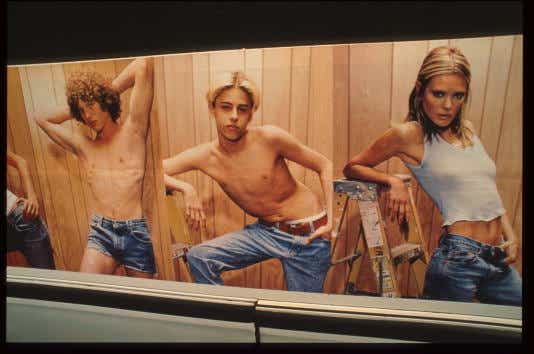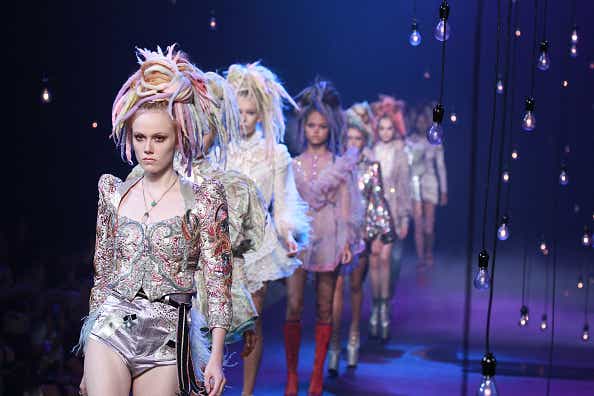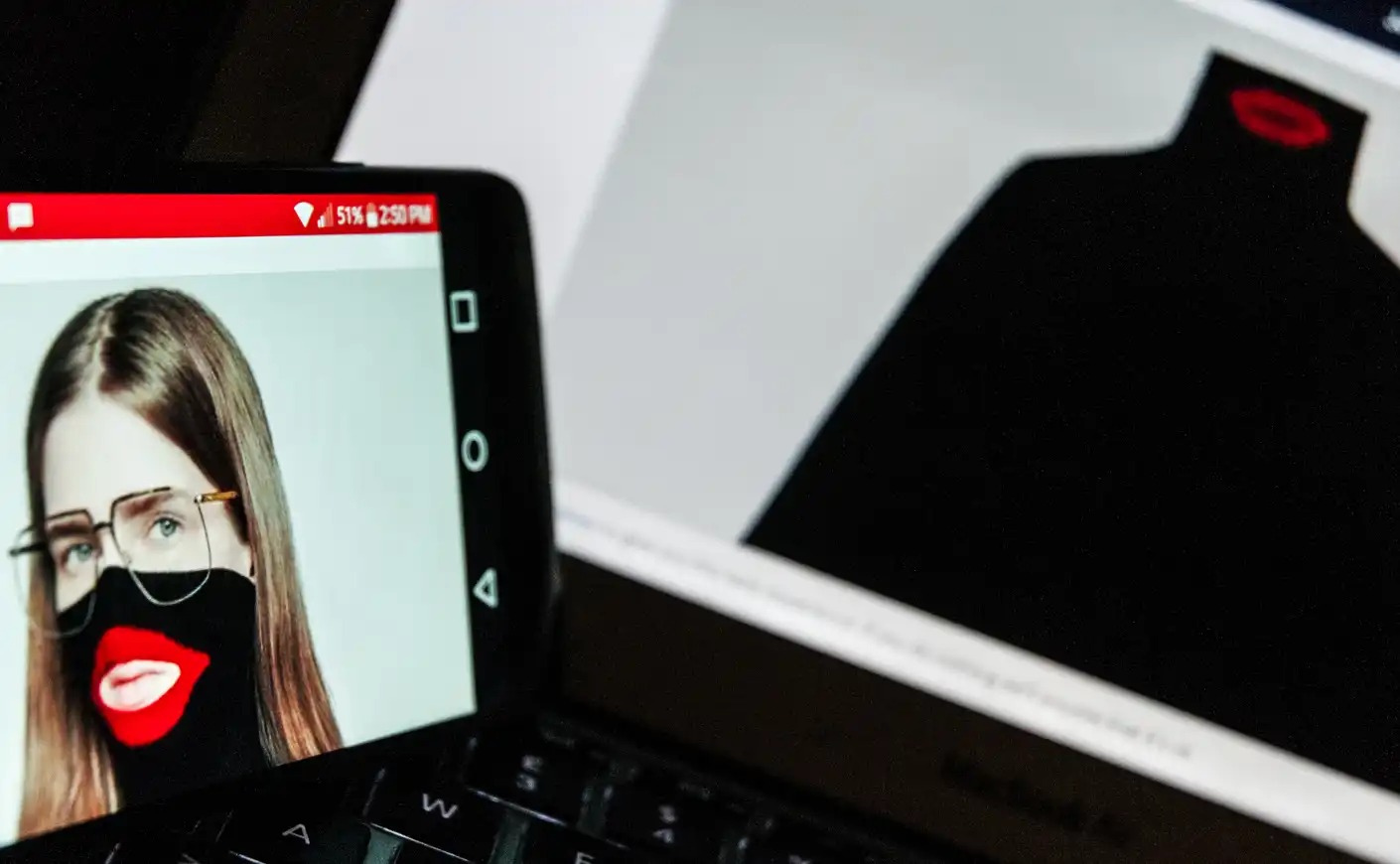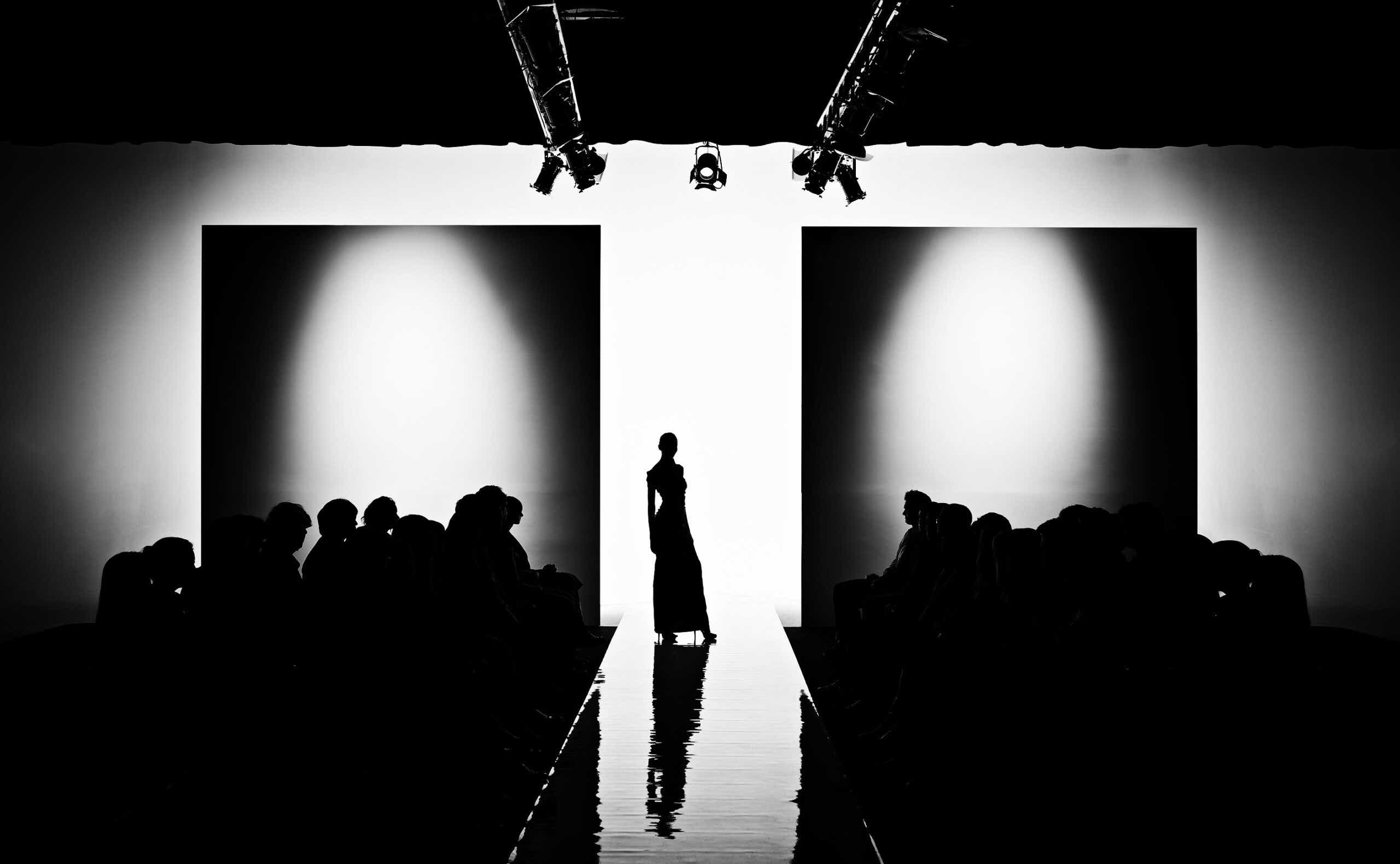Karl Lagerfeld, the late designer of Chanel, Fendi, and his own brand, once described fashion as “ephemeral, dangerous, and unfair.” He wasn't exaggerating: The fashion world is an industry that's rife with abuse, obscene prices, and notoriously unethical labor practices.
Lagerfeld was a lightning rod for controversy — and other leading design houses seem all too eager to court controversy, too. For years, clothing and luxury goods brands have looked to provoke and push creative (and ethical) boundaries, with mixed results. Sometimes they create art that feels transcendent, but often, they miss the mark. Zara is the most recent brand to come under fire.
The Spanish fast-fashion company pulled its latest advertising campaign from its home page after consumers complained that the images evoked scenes from Gaza, Reuters reports. In one of the photos, a model surrounded by drywall and dust carries a mannequin wrapped in white material. Critics have complained that the mannequins look like corpses in Gaza, which have been covered with white shrouds. #BoycottZara was also trending on the social media platform X.
Inditex, which owns Zara, told Reuters that the campaign was rotated out as part of the brand's normal marketing procedure, not because of the backlash. It also said that the shoot was conceived in July and that the photos were taken in September, before the Israel-Hamas war.
Controversial Moments in Fashion History
Zara is only the latest name in fashion to find itself in hot water for dubious creative choices. Many others have been criticized for sexualizing children, cultural appropriation, or for promoting violent images. From Calvin Klein to Gucci, here’s a look at some of the most eye-popping scandals.
Calvin Klein, 1980
In 1980, a 15-year-old Brooke Shields was made the face of Calvin Klein and starred in one of the most talked-about ads of the era. Wearing a pair of the brand’s blue jeans, the model and actress uttered what would become an iconic line: “You want to know what comes in between me and my Calvins? Nothing.”
There was considerable backlash against the spot, which was banned from several networks for sexualizing a teenager, and even against Shields herself, she revealed in a Vogue interview in 2021.
Shields says she "was naive,” and didn’t see the line as a double entendre. But she still felt condemned by the press. “The paparazzi would scream at me and my mother, ‘How could you!’ It just struck me as ridiculous,” Shields explained.
Calvin Klein, 1995

The brand’s now-infamous ad campaign featured young models wearing Calvin Klein jeans and little else, while posing seductively in front of wood paneling. Critics accused the clothing designer of simulating child pornography, and even former President Clinton called it “outrageous.”
Disdain grew until the Justice Department opened an inquiry into the campaign: The investigation revealed that none of the models in the ad were minors, and the designer wasn’t prosecuted.
Marc Jacobs, 2016

During Fashion Week in 2016, Marc Jacobs created a media firestorm when models wearing his Spring collection walked the runway in faux dreadlocks. Many considered it a blatant example of cultural appropriation — and the designer only added to the uproar by defending his decision, writing on Instagram: “I respect and am inspired by people and how they look. I don’t see color or race — I see people.”
He later backtracked and apologized and then clarified: “Of course I do ‘see’ color, but I DO NOT discriminate.”
Gucci, 2019
While walking in Gucci’s runway show during Milan Fashion Week, model Ayesha Tan-Jones staged a protest against the brand for its use of straitjackets in its 2020 campaign. During the show, Tan-Jones held up their hands on which they had written: “Mental health is not fashion.”
Tan-Jones wrote on Instagram that they chose to protest, because “I believe, as many of my fellow models do, that the stigma around mental health must end.”
The company’s creative director, Alessandro Michele, told the New York Times that the point of the runway show was to illustrate “the journey from conformity to freedom and creativity,” and that the straitjacket was meant to convey a sense of repression. (The brand reportedly welcomed Tan-Jones’ protest, because the performance was also about freedom.)
Burberry, 2019
Burberry caused a stir at 2019 London Fashion Week when it showcased a hoodie with a noose around its neck. The item was slammed online and by model Liz Kennedy, who was featured in the show.
“Suicide is not a fashion,” Kennedy wrote on Instagram. “Let’s not forget about the horrifying history of lynching either.”
The retailer swiftly removed the hoodie from its collection, issued an apology, and announced a new diversity initiative aimed at helping the brand do better.
Gucci, 2019

In 2019, another ridiculously expensive sweater sparked controversy — this time for its resemblance to blackface. The Gucci garment featured a roll-up collar that covers the mouth with a wide red lip outline. It stunned many who were astonished that the sweater could have ever been deemed acceptable.
The fashion house pulled the sweater off its shelves and apologized while vowing to increase diversity within its ranks and to use the incident as a "powerful learning moment."
Balenciaga, 2022
The luxury brand last year was criticized for ads that showed children holding teddy bears outfitted in what appears to be BDSM bondage gear. Some were so upset with the brand that they destroyed thousands of dollars' worth of their luxury goods.
Kim Kardashian, an ambassador for Balenciaga, said on Twitter that as a mother of four, she was “shaken by the disturbing images” and that she would be “re-evaluating” her relationship with the brand, and reports indicate she's turned down at least one future opportunity with the fashion house.
“The safety of children must be held with the highest regard and any attempts to normalize child abuse of any kind should have no place in our society — period,” Kardashian wrote.
Balenciaga issued an apology on its Instagram account as the controversy unfurled. “We strongly condemn child abuse; it was never our intent to include it in our narrative,” a statement read. The brand also said it regrets another campaign that featured “unsettling documents" — in it, there are visible legal papers, including one that referred to a Supreme Court case (United States v. Williams) on child pornography laws.
Balenciaga moved to sue the production company behind the ad for $25 million in damages but dropped its lawsuit.









